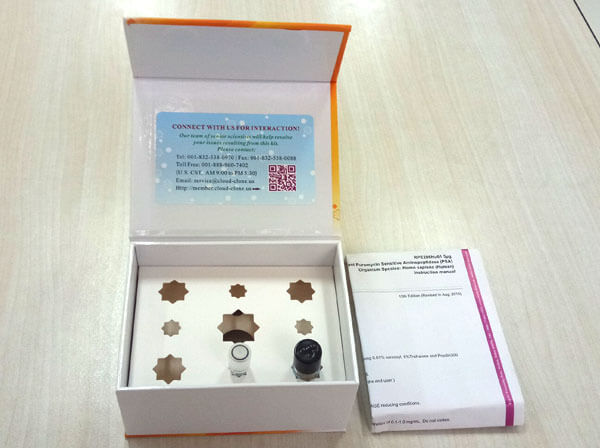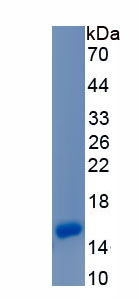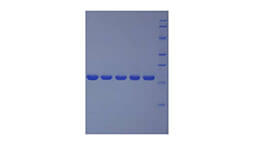Active Fatty Acid Binding Protein 2, Intestinal (FABP2) 

FABPI; IFABP; I-FABP; Intestinal-type fatty acid-binding protein
- UOM
- FOB US$ 340.00 US$ 850.00 US$ 1,700.00 US$ 5,100.00 US$ 12,750.00
- Quantity
Overview
Properties
- Product No.APA559Hu61
- Organism SpeciesHomo sapiens (Human) Same name, Different species.
- ApplicationsCell culture; Activity Assays.
Research use only - DownloadInstruction Manual
- CategoryMetabolic pathwayTumor immunityEndocrinologyCardiovascular biology
- Buffer FormulationPBS, pH7.4, containing 5% Trehalose.
- Traits Freeze-dried powder, Purity > 90%
- Isoelectric Point7.5
Sign into your account
Share a new citation as an author
Upload your experimental result
Review

Contact us
Please fill in the blank.
Activity test
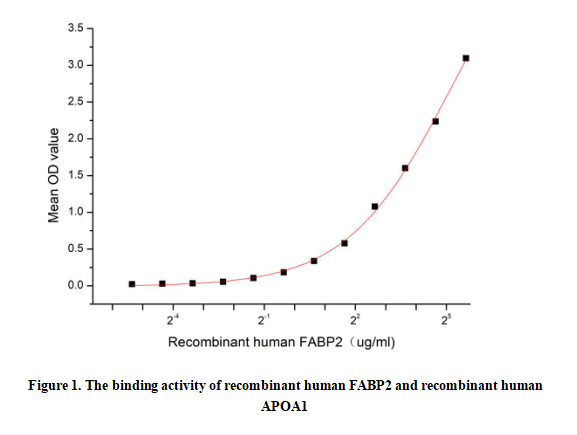
Fatty Acid Binding Protein 2, Intestinal (FABP2) is a cytoplasmic protein highly expressed in enterocytes, responsible for intracellular trafficking of dietary long-chain fatty acids (FAs). It enhances FA uptake, solubilization, and transport to the endoplasmic reticulum for triglyceride synthesis and chylomicron assembly. FABP2 also modulates lipid metabolism by regulating peroxisome proliferator-activated receptor (PPAR) signaling. Genetic variants are linked to insulin resistance and cardiovascular risk due to altered FA metabolism.FABP2 can interact with APOA1 to promote the transfer of lipids to newborn high-density lipoprotein (HDL) particles, promote cholesterol efflux and HDL maturation.Thus a functional ELISA assay was conducted to detect the interaction of recombinant mouse FABP2 and recombinant human APOA1. Briefly, FABP2 was diluted serially in PBS with 0.01% BSA (pH 7.4). Duplicate samples of 100 μl were then transferred to APOA1-coated microtiter wells and incubated for 1h at 37℃. Wells were washed with PBST and incubated for 1h with anti-FABP2 pAb, then aspirated and washed 3 times. After incubation with HRP labelled secondary antibody for 1h at 37℃, wells were aspirated and washed 5 times. With the addition of substrate solution, wells were incubated 15-25 minutes at 37℃. Finally, add 50 µL stop solution to the wells and read at 450/630nm immediately. The binding activity of recombinant mouse FABP2 and recombinant human APOA1 was shown in Figure 1, and this effect was in a dose dependent manner.
Usage
Reconstitute in 10mM PBS (pH7.4) to a concentration of 0.1-1.0 mg/mL. Do not vortex.
Storage
Avoid repeated freeze/thaw cycles. Store at 2-8°C for one month. Aliquot and store at -80°C for 12 months.
Stability
The thermal stability is described by the loss rate. The loss rate was determined by accelerated thermal degradation test, that is, incubate the protein at 37°C for 48h, and no obvious degradation and precipitation were observed. The loss rate is less than 5% within the expiration date under appropriate storage condition.
Increment services
-
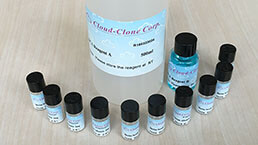 BCA Protein Quantification Kit
BCA Protein Quantification Kit
-
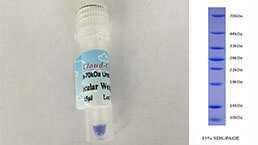 Molecular Mass Marker for Protein
Molecular Mass Marker for Protein
-
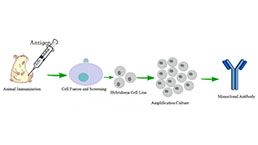 Monoclonal Antibody Customized Service
Monoclonal Antibody Customized Service
-
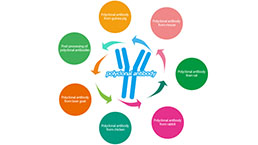 Polyclonal Antibody Customized Service
Polyclonal Antibody Customized Service
-
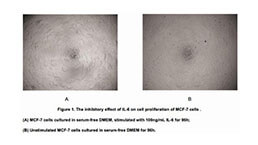 Protein Activity Test Experiment Service
Protein Activity Test Experiment Service
-
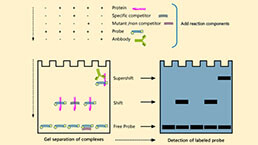 Electrophoretic Mobility Shift Assay (EMSA) Experiment Service
Electrophoretic Mobility Shift Assay (EMSA) Experiment Service
-
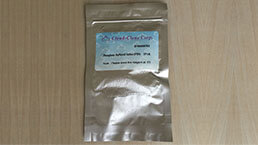 Buffer
Buffer
-
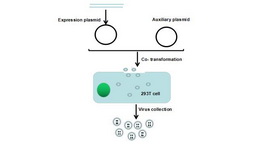 Lentivirus Packaging Experiment Service
Lentivirus Packaging Experiment Service
-
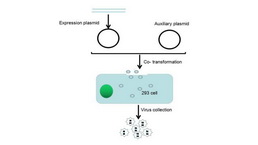 Adenovirus Packaging Experiment Service
Adenovirus Packaging Experiment Service
-
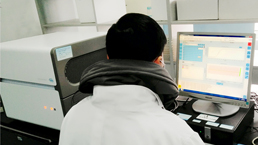 Real Time PCR Experimental Service
Real Time PCR Experimental Service
-
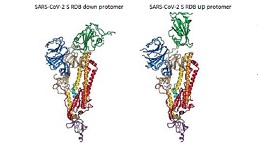 Spike RBD Protein (S-RBD)
Spike RBD Protein (S-RBD)
-
 Protein G
Protein G
-
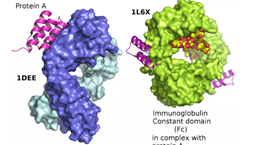 Protein A
Protein A
Citations
- Cranberries (Oxycoccus quadripetalus) inhibit lipid metabolism and modulate leptin and adiponectin secretion in 3T3-L1 adipocytesPubMed: 25952883
- Elevation of HO-1 Expression Mitigates Intestinal Ischemia-Reperfusion Injury and Restores Tight Junction Function in a Rat Liver Transplantation ModelPubMed: 26064429
- Immunomodulatory potential of β-glucan as supportive treatment in porcine rotavirus enteritis.pubmed:28895864
- Protective effect of aplysin on liver tissue and the gut microbiota in alcohol-fed ratspubmed:28622357
- Effect of Porcine Rotavirus Enteritis on Concentrations of Interferonγ, Immunoglobulin-G and Intestinal Fatty Acid-Binding Protein-2 and Peripheral Leukocyte Function10.5958/0973-9149.2017.00011.9
- Activated Α7nachr Improves Postoperative Cognitive Dysfunction and Intestinal Injury Induced by Cardiopulmonary Bypass in Rats: Inhibition of the Proinflammatory …Pubmed:29672286
- Lack of liver steatosis in germ-free mice following hypercaloric dietsPubmed:29926176
- Protective Effect of Aplysin Supplementation on Intestinal Permeability and Microbiota in Rats Treated with Ethanol and IronPubmed:29861488
- Intestinal fatty acid binding protein (I-FABP) as a marker for acute intestinal ischemiaDoi: 10.18203/2349-2902.isj20190058
- Effect of a Multistrain Probiotic on Cognitive Function and Risk of Falls in Patients With Cirrhosis: A Randomized Trial
- Immunomodulating dose of levamisole stimulates innate immune response and prevents intestinal damage in porcine rotavirus diarrhea: a restricted-randomized …Pubmed: 30790158
- Role of Aquaporin-3 in Intestinal Injury Induced by SepsisPubmed: 31582652
- FABP1 and FABP2 as markers of diabetic nephropathyPubmed: 32922200
- Hydrogen attenuates radiation-induced intestinal damage by reducing oxidative stress and inflammatory responsePubmed: 32361189
- Markers of Intestinal Damage in Individuals with and without Obesity during a 12-Week Exercise Period.
- Effects of fucoidan on tumor prevention and gut flora
- Effect of Lactobacillus casei on lipid metabolism and intestinal microflora in patients with alcoholic liver injury33514869
- The ¦Á2AR/Caveolin©\1/p38MAPK/NF©\¦ÊB axis explains dexmedetomidine protection against lung injury following intestinal ischaemia©\reperfusion34114328
- Somatization in patients with predominant diarrhoea irritable bowel syndrome: the role of the intestinal barrier function and integrity34022802
- Impact of Successive Exertional Heat Injuries on Thermoregulatory and Systemic Inflammatory Responses in Mice34528459
- The protective effects of HIF-1α activation on sepsis induced intestinal mucosal barrier injury in rats model of sepsisPubmed:35576220




